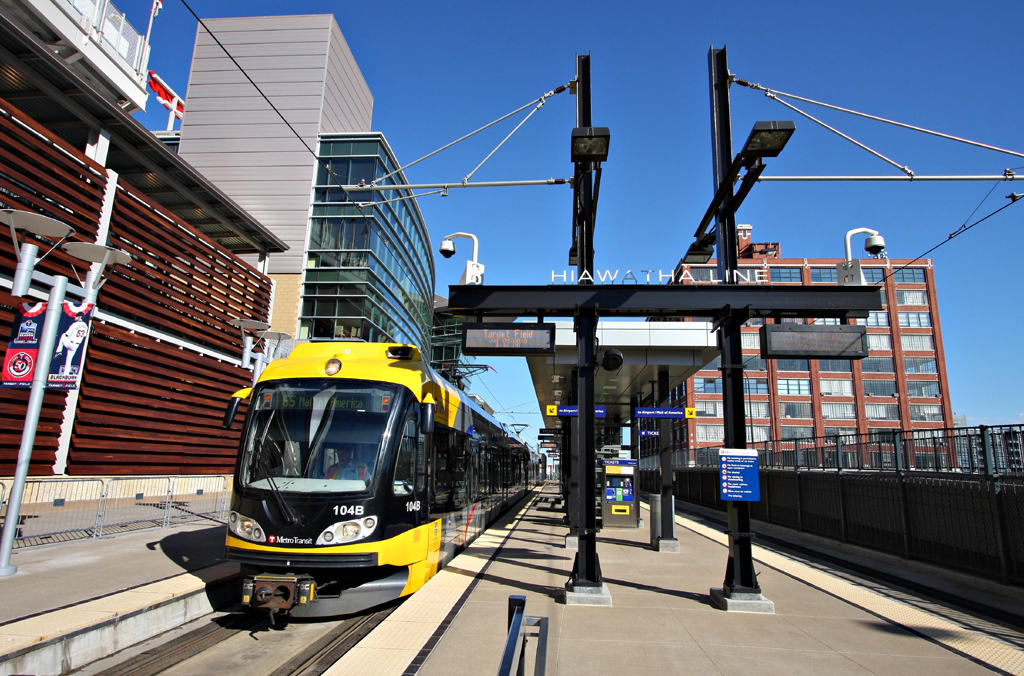New ITEP Report Shows Obsolete Gas Tax Has Cost $215 Billion, Undermined Infrastructure and Added to Deficit
On October 1, the federal gas tax will mark exactly twenty years stuck at the rate of 18.4 cents per gallon. Against a backdrop of chronic infrastructure underfunding and federal budget crises, a new report from the Institute on Taxation and Economic Policy (ITEP) marks this anniversary and explains exactly why gas tax revenues are falling short. “A Federal Gas Tax for the Future” concludes that just 22 percent of the current gas tax revenue shortfall can be attributed to rising vehicle fuel-efficiency taking a bite out of gasoline purchases. The other 78 percent of lost gas tax revenues are due to inflation: inevitable growth in the cost of asphalt, machinery, and other construction inputs with which our twenty-year-old gas tax has not kept pace.
View the full report at ITEP.
“A lot of people are focusing on hybrid and fuel-efficient vehicles as the reason the gas tax is falling short,” said Carl Davis, senior analyst at ITEP and author of the study. “But predictable growth in the cost of asphalt, machinery, and other construction materials has been the bigger issue by far.” Davis added: “If Congress had just planned for inflation when they last overhauled the gas tax, three-quarters of the revenue shortfall we’re facing today wouldn’t exist. If they’d also indexed the tax to fuel efficiency, we’d have no shortfall at all.”
“A Federal Gas Tax for the Future” explains that inflation’s impact on taxes and revenues is a simple policy problem that Congress can solve. In fact, numerous income tax exemptions, deductions and credits are already designed to rise in direct relation to inflation. And seventeen states, home to over half the country’s population, levy their gas taxes such that the tax rate is automatically adjusted to keep pace with inflation. In 1997, the federal government began directing 100 percent of gas tax revenues towards transportation (prior to that, a small portion went towards the general fund). ITEP’s report finds that if we had also structured the gas tax to grow with both inflation and fuel-efficiency starting that year, the tax rate today would be 10.6 cents higher and over $215 billion in additional revenue could have been raised over the last sixteen years. For the average driver, this change would amount to roughly $4.66 in additional gas taxes per month. (If we counted from 1993, when the tax was increased but not restructured, the revenue figure would be even more significant.)
“A Federal Gas Tax for the Future” offers four specific policy recommendations for modernizing the federal gas tax:
- Increase the gas tax rate to offset its recent decline.
- Restructure the gas tax so that its rate automatically rises each year with construction cost inflation.
- Further restructure the gas tax rate so that it also rises when vehicle fuel-efficiency improves.
- Implement reforms to ensure that this restructuring does not lead to unnecessary volatility in gas tax collections.
The Institute on Taxation and Economic Policy (ITEP) is a 501 (c) (3) non-profit, non-partisan research organization that works on federal, state, and local tax policy issues. ITEP's mission is to ensure that elected officials, the media, and the general public have access to accurate, timely, and straightforward information that allows them to understand the effects of current and proposed tax policies. www.itep.org.











